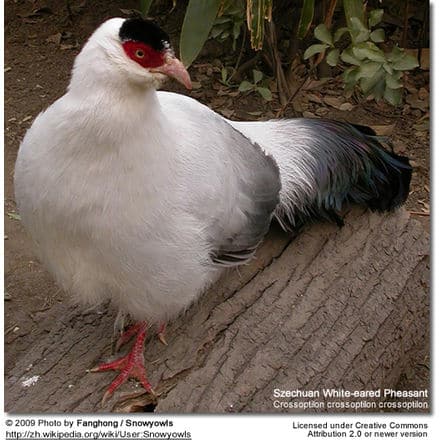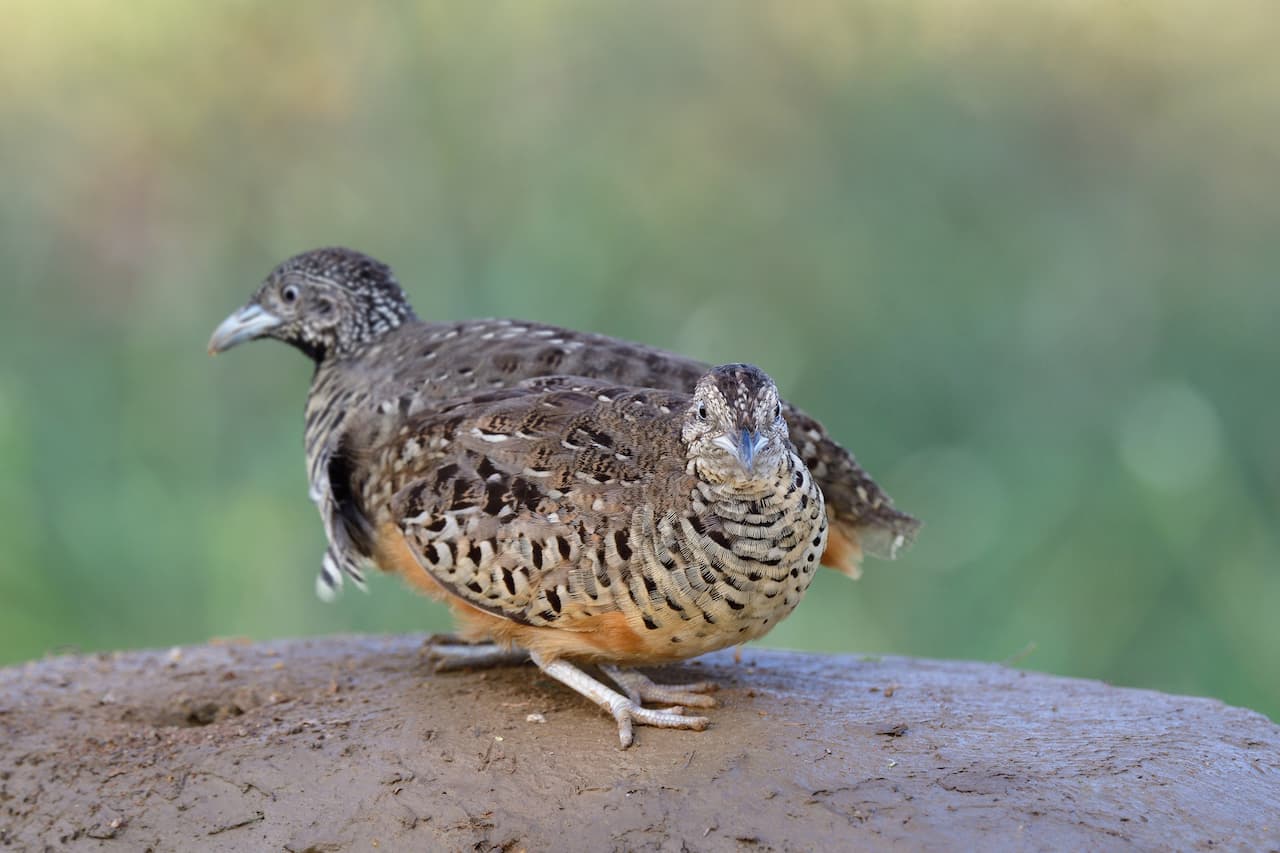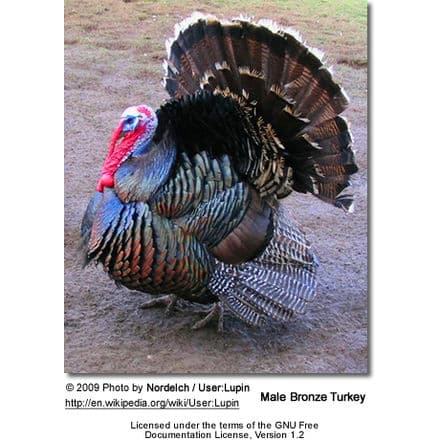Szechuan White-eared Pheasant
The Szechuan White-eared Pheasants, Crossoptilon crossoptilon crossoptilon, is native to the Szechuan region of China. It is a subspecies of the White-eared Pheasant, Crossoptilon crossoptilon.

Description:
This pheasant is predominantly white, including, as its name suggests, white ears, but is not as white in as many places of its body as its close relatives the Tibetan White-eared Pheasant, C. c. drouyni, and the Yunnan White-eared Pheasant, C. c. lichiangnse.
It has black tail feathers and wingtips and as well as a patch of black at the top of its head. The primary feathers range from dark grey to brown.
The part of its face not covered by feathers has red skin.
Although there is not much sexual dimorphism (visual physical differences between the sexes) among the Szechuan White-eared Pheasant, the cocks are considerably larger than the hens.
Status in the Wild:
Szechuan White-eared Pheasants have now become a vulnerable species. Encroaching on its habitat in agricultural China has reduced the range of the species, and hunting of these pheasants for a variety of delicious Szechuan dishes have threatened their numbers severely.
Keeping and Breeding the White-eared Pheasant
The Drouyni and Szechuan sub-species are most common found in aviculture. The Yunnan may have been imported, but it is likely that they were confused with the Szechuan sub-species and interbred.
They are hardy pheasants that can withstand cold temperatures very well. However, they will need protection from the heat and sun of the summer.
The Eared Pheasants are among the calmest of the family and in captivity often can be taught to go in and out of a coop every night like chicken – unlike most other pheasants who would simply take off. They should be provided a large, planted aviary.
The White-eared Pheasants should be kept in pairs. They are ready to breed in their second year. The breeding season starts in April to June. The hen lays 4 to 7 egg, which she incubates for 24 to 25 days.
Other Releated Web Links: Pheasant General Information … Pheasant Species … Pheasant Taxonomy … Breeding Pheasants … Pheasant Photo Gallery … Housing Pheasants … Pheasant Diseases





